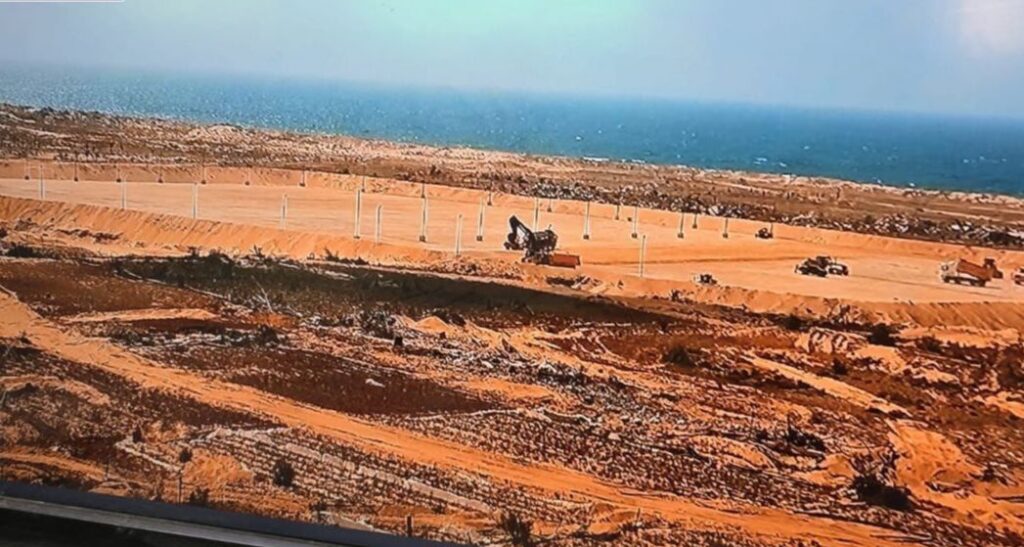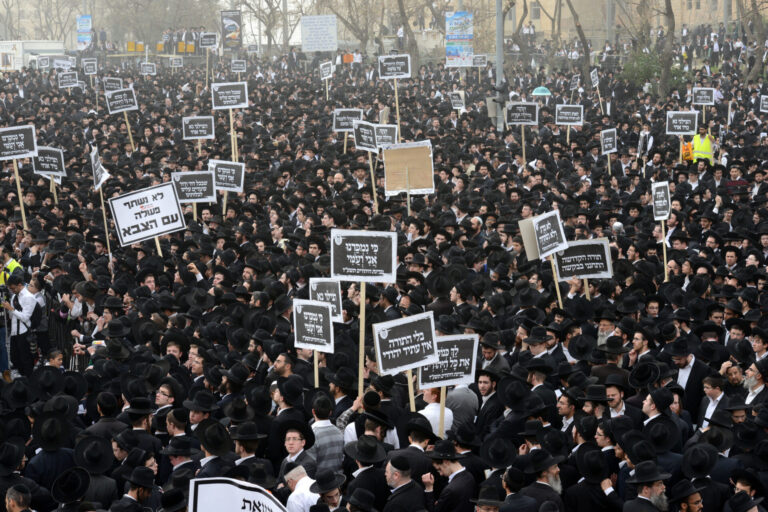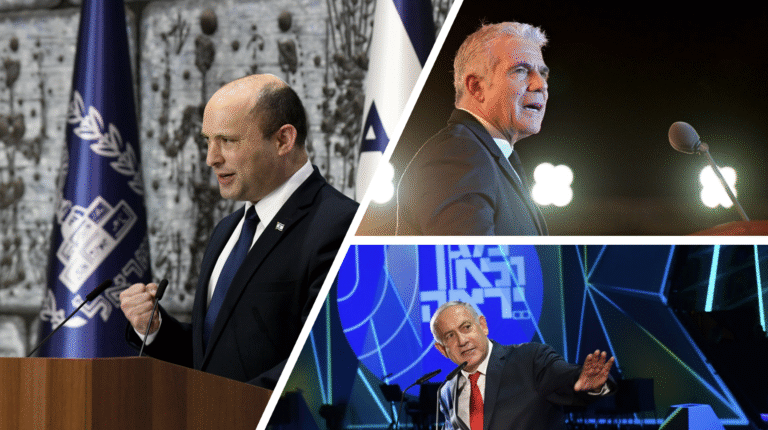A dramatic experiment is currently underway in southern Gaza, with Israel preparing a Hamas-free humanitarian zone that is set to house 120,000 Palestinian civilians. But will the IDF’s plan succeed? And what challenges could it face? I explored this in my Shabbat column for Yedioth Ahronoth, an extract of which is below.
***
Archaeologists excavating a thousand years from now south of the Morag Corridor will struggle to understand what occurred there in the early 21st century. They’ll find vast remnants of temporary structures built atop ruins of a Palestinian city, itself built over the remains of an Israeli settlement—all within a single generation.
The new humanitarian zone planned on the ruins of Morag represents the fulcrum on which Prime Minister Benjamin Netanyahu, and Israel as a whole, aim to stabilize the region. Approximately 120,000 Gazans are expected to relocate there after undergoing security screenings and disarmament procedures. They will receive substantial humanitarian aid (“It could even be Ben & Jerry’s for all I care,” Netanyahu remarked during one meeting). If successful, this initiative will mark the first time in 18 years Gazans will experience life free from Hamas control.
In an optimistic scenario, hundreds of thousands of Gazans will flock to these safe zones to escape relentless nightly bombings and repeated displacement. Hamas would cease to exist south of Morag, followed by areas east of Khan Yunis and then south of Netzarim Corridor. Of the deck of Hamas’ “most wanted in Gaza” playing cards issued to Israeli soldiers at the operation’s outset, only two high-value targets remain: Abu Ubaida, the spokesman, and Izz al-Din al-Qassam Brigade commander Azadin al-Haddad. All other figures are minor, and eventually, the resistance’s backbone will break.
In a less optimistic scenario, however, these humanitarian zones could be perceived internationally as modern ghettos. Security personnel from American private firms, possibly joined by Israeli soldiers, might face ongoing attacks and terror incidents. Hundreds of thousands of Gazans might choose to stay in the northern Gaza Strip, where humanitarian aid would continue flowing under the traditional, Hamas-influenced model due to global pressure and government decisions.
Netanyahu is urgently seeking a swift and decisive victory akin to Israel’s September 2024 campaign in Lebanon. Few now remember the drawn-out evacuation and turmoil that preceded the elimination of Hezbollah chief Hassan Nasrallah. A combination of effectively dismantling Hamas in extensive areas, substantial emigration from Gaza, and ideally, the release of many hostages due to military pressure, could profoundly reshape the region. Failure, delay, stagnation, or ongoing violence will likely deny Israel another opportunity.
President Donald Trump is currently providing full support for Israel’s military operations in Gaza despite increasing domestic criticism and pressure from Sunni Muslim states. However, that backing could evaporate if Israel is perceived as unsuccessful. This pivotal experiment begins next week, and its ability to fundamentally alter the region depends on achieving rapid success.









